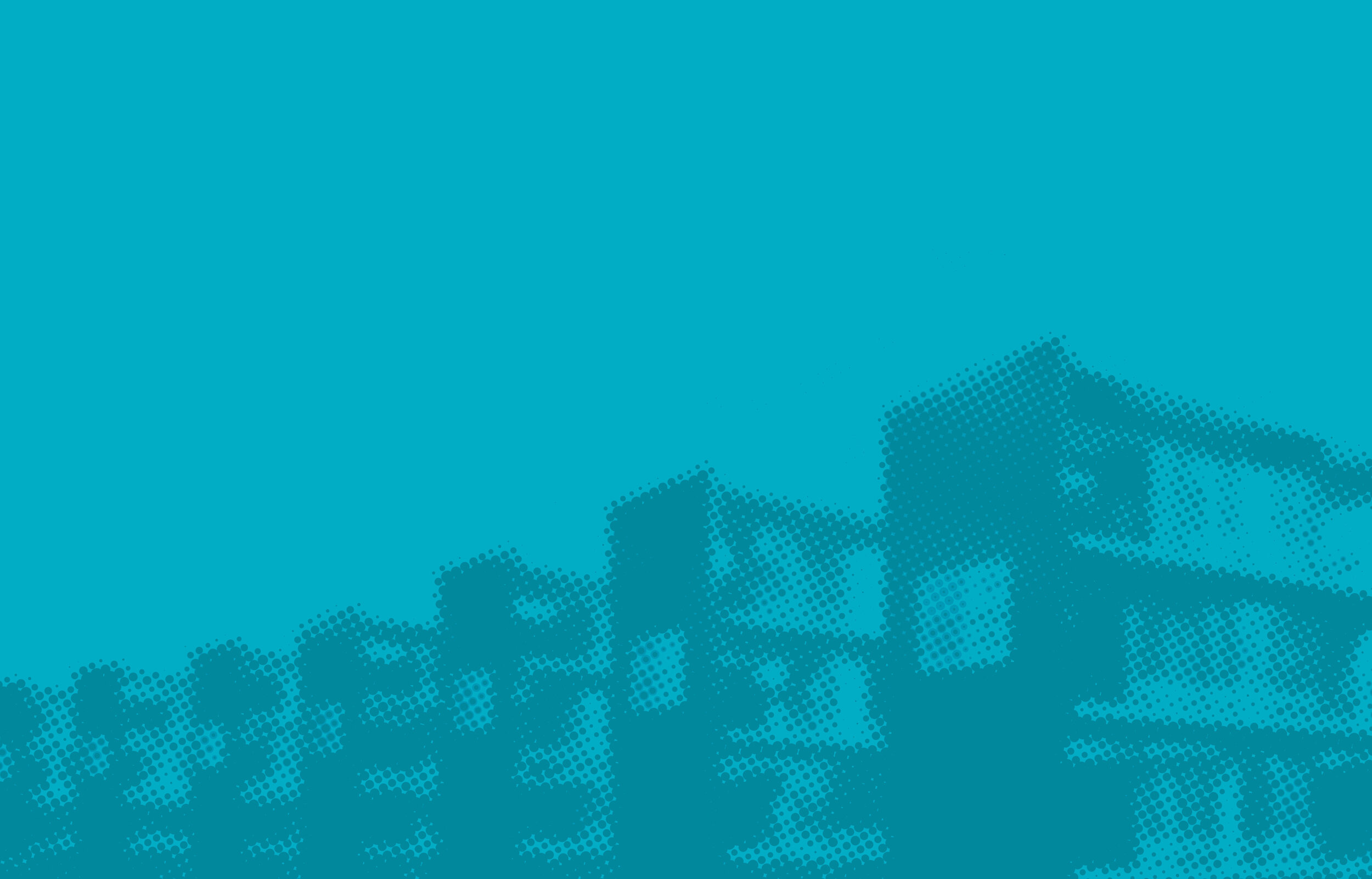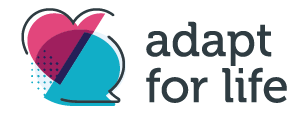
What is Adapt for Life?

There is an acute need for action.
Suicide is a national epidemic. In the United States, one person dies by suicide approximately every 10 minutes. Nationally, it is the second leading cause of death for people ages 10–34 years.
Adapt for Life is partnering with Cincinnati Children’s Hospital Medical Center (Cincinnati Children’s), one of the nation’s leading health centers for children in the United States, to lead the response to this epidemic by offering mental health services and education to help our children, families, and communities. Our mission is to talk with children, families, and communities about the importance of mental health and teach young people how to become mentally fit to curb youth suicide and help them lead healthy lives.
Together with Cincinnati Children’s, we’ve reached almost 70 schools and more than 100,000 students, educators, and families across the Greater Cincinnati Tri-State area.
What we do.
Adapt for Life is a mental health and wellbeing program designed for students, grades K–12, and also offers resources for families and educators supporting those students. We have clinically trained facilitators who tackle topics on the continuum of mental health. Our program helps young people become mentally fit by learning how to better manage everyday stress in times of crisis through developing healthier habits and skills—including self-awareness, self-management, social awareness, relationship skills, and responsible decision-making. We also talk to them about mental illness, such as depression and suicidal behavior, to help young people who may be struggling with mental health.

How we do what we do.
The Adapt for Life program is an experiential, modular workshop that uses videos, mindfulness exercises, group activities, interactive surveys, moments for reflection, as well as handouts and workbooks to engage students. Our curriculum covers contemporary issues that can lead to stress and helps adolescents better connect and understand the concepts. We also offer flexible programming, so it can be delivered in-person, led by a facilitator; virtual; or a blended approach of both. Resources are also available here on our website for students, educators, and families that complement the program experience.
